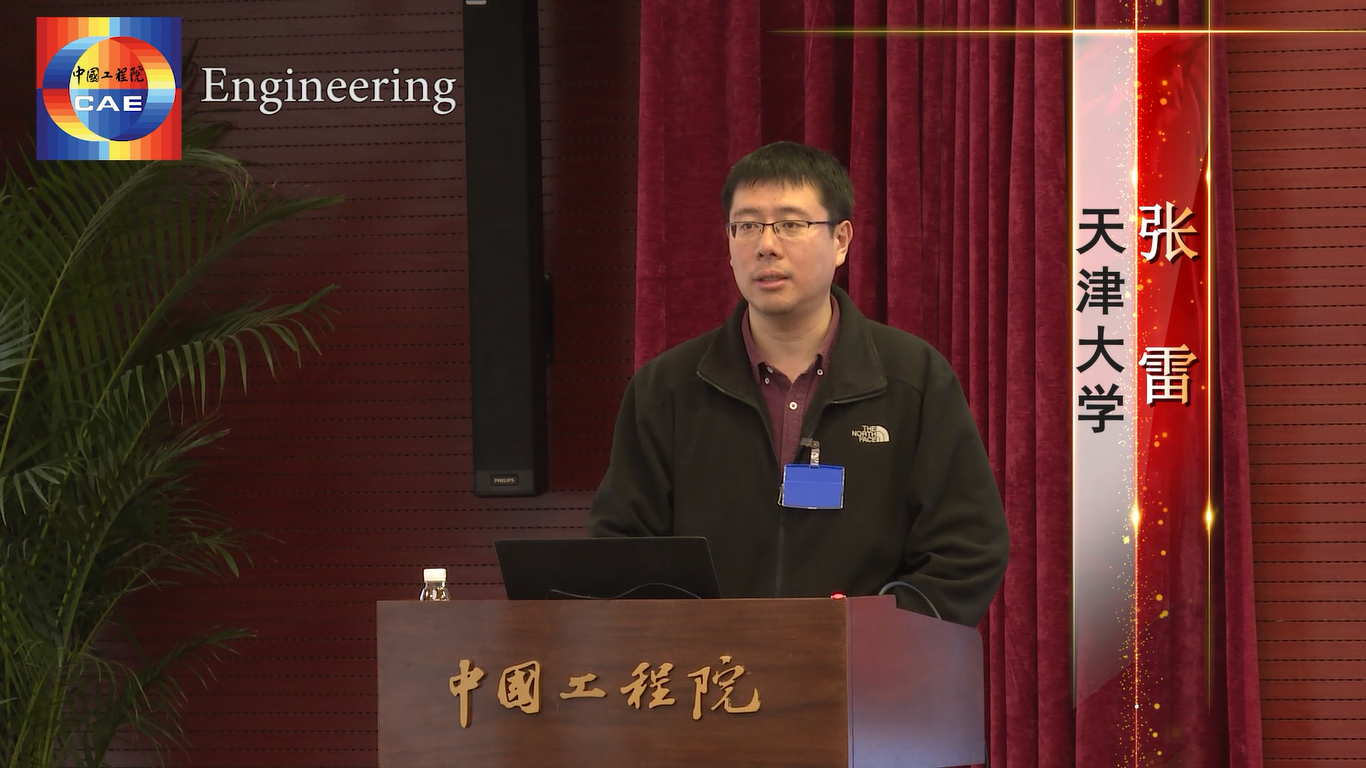Search scope:
排序: Display mode:
Frontiers of Chemical Science and Engineering 2022, Volume 16, Issue 12, Pages 1761-1771 doi: 10.1007/s11705-022-2195-6
Keywords: microbial electrosynthesis hydrogen evolution reaction metalloporphyrins biocompatibility CO
Anodization of titanium alloys for orthopedic applications
Merve İzmir, Batur Ercan
Frontiers of Chemical Science and Engineering 2019, Volume 13, Issue 1, Pages 28-45 doi: 10.1007/s11705-018-1759-y
In recent years, nanostructured oxide films on titanium alloy surfaces have gained significant interest due to their electrical, catalytic and biological properties. In literature, there is variety of different approaches to fabricate nanostructured oxide films. Among these methods, anodization technique, which allows fine-tuning of oxide film thickness, feature size, topography and chemistry, is one of the most popular approaches to fabricate nanostructured oxide films on titanium alloys, and it has been widely investigated for orthopedic applications. Briefly, anodization is the growth of a controlled oxide film on a metallic component attached to the anode of an electrochemical cell. This review provides an overview of the anodization technique to grow nanostructured oxide films on titanium and titanium alloys and summarizes the interactions between anodized titanium alloy surfaces with cells in terms of cellular adhesion, proliferation and differentiation. It will start with summarizing the mechanism of nanofeatured oxide fabrication on titanium alloys and then switch its focus on the latest findings for anodization of titanium alloys, including the use of fluoride free electrolytes and anodization of 3D titanium foams. The review will also highlight areas requiring further research to successfully translate anodized titanium alloys to clinics for orthopedic applications.
Keywords: titanium alloys anodization biocompatibility orthopedics
Biocompatibility Pathways in Tissue-Engineering Templates Perspective
David F. Williams
Engineering 2018, Volume 4, Issue 2, Pages 286-290 doi: 10.1016/j.eng.2018.03.007
Keywords: Biomaterials Scaffolds Mechanotransduction Inflammation Topography
A mini review: Shape memory polymers for biomedical applications
Kaojin Wang, Satu Strandman, X. X. Zhu
Frontiers of Chemical Science and Engineering 2017, Volume 11, Issue 2, Pages 143-153 doi: 10.1007/s11705-017-1632-4
Keywords: shape memory polymer biodegradability biocompatibility biomedical application bile acids
Multifunctional antimicrobial chlorhexidine polymers by remote plasma assisted vacuum deposition
Ana Mora-Boza, Francisco J. Aparicio, María Alcaire, Carmen López-Santos, Juan P. Espinós, Daniel Torres-Lagares, Ana Borrás, Angel Barranco
Frontiers of Chemical Science and Engineering 2019, Volume 13, Issue 2, Pages 330-339 doi: 10.1007/s11705-019-1803-6
Keywords: plasma polymers conformal plasma deposition chlorhexidine bactericide PDMS biocompatibility

Zhang Lei: New Materials of Hydrophilic Biocompatibility(2020.1.10)
张雷(高级职称)
13 Mar 2020
Keywords: 化工
Title Author Date Type Operation
Co anchored on porphyrinic triazine-based frameworks with excellent biocompatibility for conversion of
Journal Article
A mini review: Shape memory polymers for biomedical applications
Kaojin Wang, Satu Strandman, X. X. Zhu
Journal Article
Multifunctional antimicrobial chlorhexidine polymers by remote plasma assisted vacuum deposition
Ana Mora-Boza, Francisco J. Aparicio, María Alcaire, Carmen López-Santos, Juan P. Espinós, Daniel Torres-Lagares, Ana Borrás, Angel Barranco
Journal Article
Zhang Lei: New Materials of Hydrophilic Biocompatibility(2020.1.10)
张雷(高级职称)
13 Mar 2020
Conference Videos








